Take your first steps into recording high-quality audio for your next videos. By watching UNCUCO’s “Audio for Video” series, you can start learning in a little over an hour about how professionals capture sound and how you can do it yourself. You will learn about everything—basic terms, microphone types, and even some editing tips and tricks.
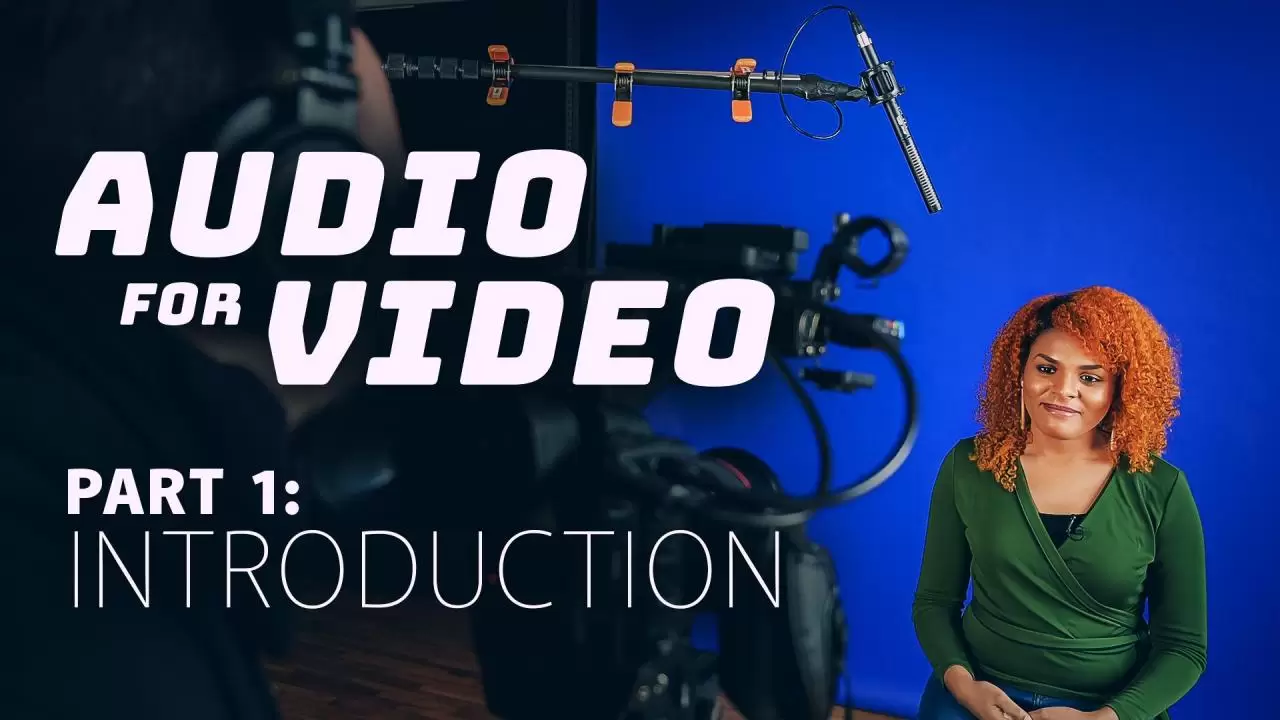
Part 1: Getting Better Audio for Video
Welcome to the first video in our multi-part Audio for Video series. In this introductory episode, AB kicks things off with a quick overview of topics that will be covered in this series. After that, he dives into the basics of audio for video, covering everything from environment prep to situational mic use. If you’re looking for a solid intro to audio for video gear, tips, and techniques, this is a great place to start.
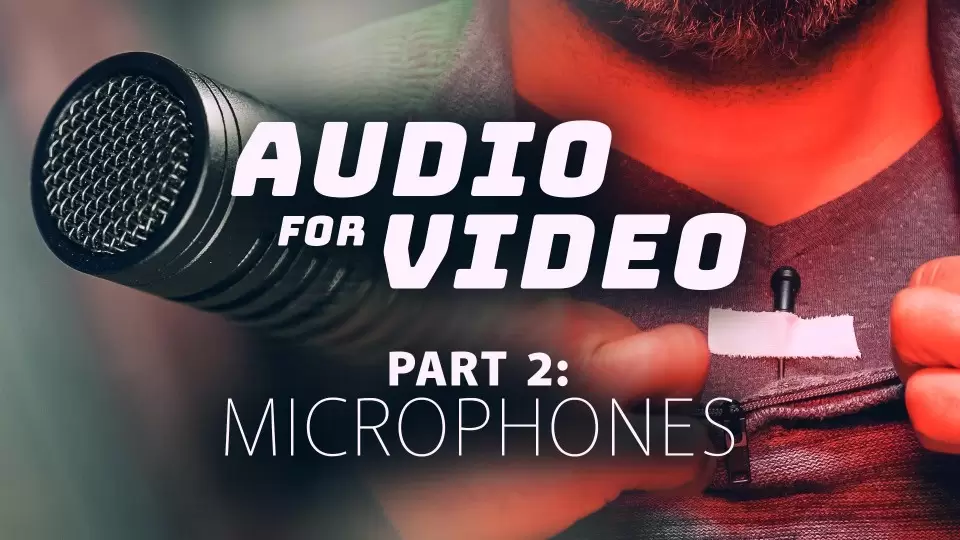
Part 2: Choosing the Right Microphone to Record Your Videos
In this second video in the Audio for Video series, AB discusses ways to choose the best mic for the type of content you’re recording. He discusses pickup patterns, lavalier and shotgun mics, mic placement, and more. If you want to know how to use the right mic to capture audio for different video applications effectively, this is a great resource.
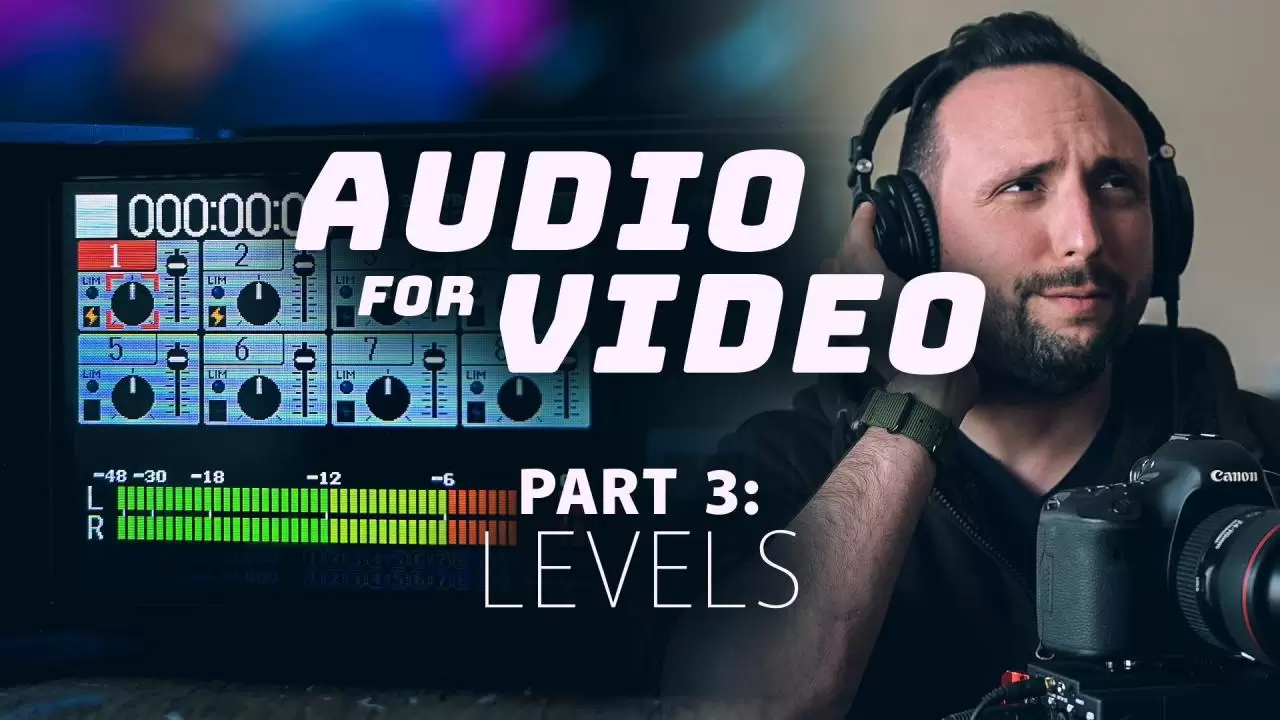
Part 3: How to Set Audio Levels
In Part 3 of our Audio for Video series, AB dives deeper into the process of properly setting recording levels. Follow along as he breaks down everything you need to know about recording levels, from the differences between Mic and Line level recording to the the different types of tools that can assist in the recording process. Along the way, AB also dishes out plenty of crucial tips to help you get the best possible audio out of your recordings.
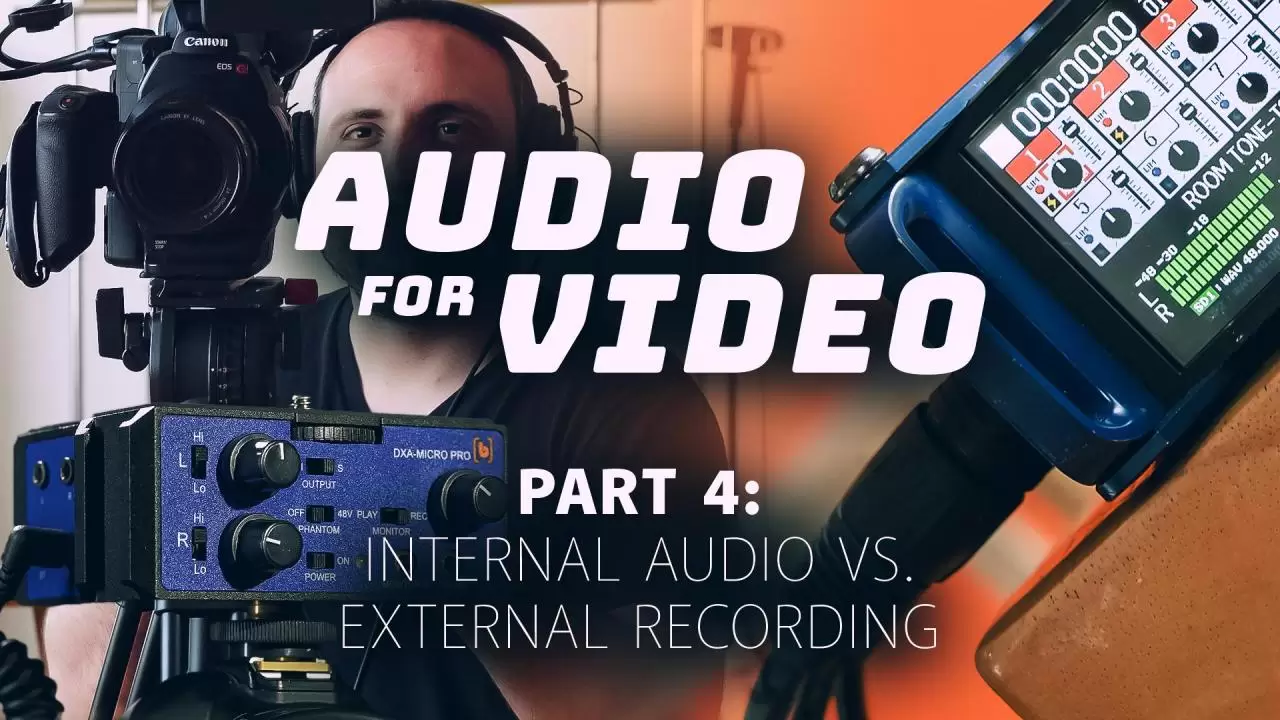
Part 4: How to Record Audio to Your Camera or an Audio Recorder
In Part 4 of our multi-part Audio for Video series, AB walks you through the pros and cons of recording audio to your camera versus using an external audio recorder. Learn about when direct-to-camera recording may be ideal, and when you’ll need to start thinking about additional devices, such as mixer adapters and external multi-track recorders. As usual, AB breaks down many important considerations and helpful tips that you need to know for high-quality audio capture in the field.
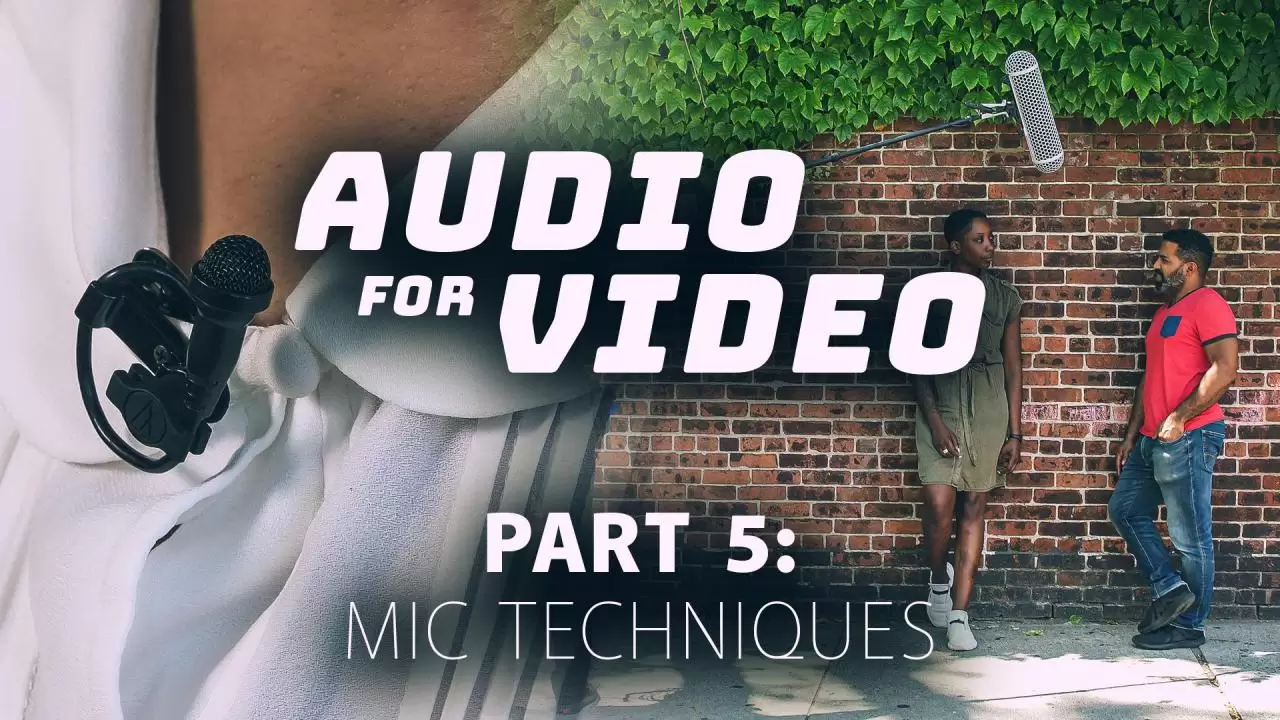
Part 5: How to Use Boom and Lavalier Microphones
In this fifth video in the Audio for Video series, AB discusses tips and techniques for how to best capture audio with lavalier and boom mics. From ways to conceal lavs on talent to proper operation of a boompole, you’ll see real-world examples of the types of methods that are used to enable great audio capture, regardless of environment or application.
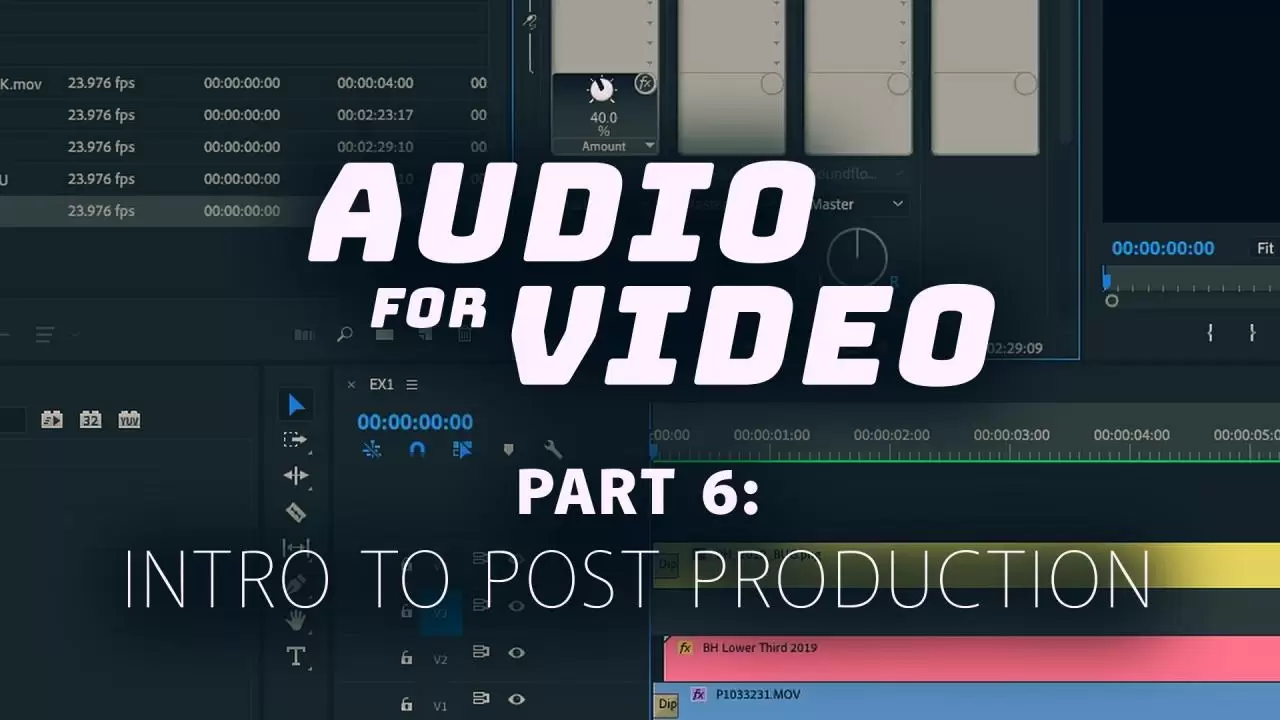
Part 6: Intro to Post Production
In this sixth video in our audio-for-video series, AB gives us a simple introduction to post-production, highlighting the different steps of treating your audio once you’re finished shooting your video. From naming your files correctly to thinking about your final output levels, this video will give you a general sense of the common practices used to get your audio sounding just right.
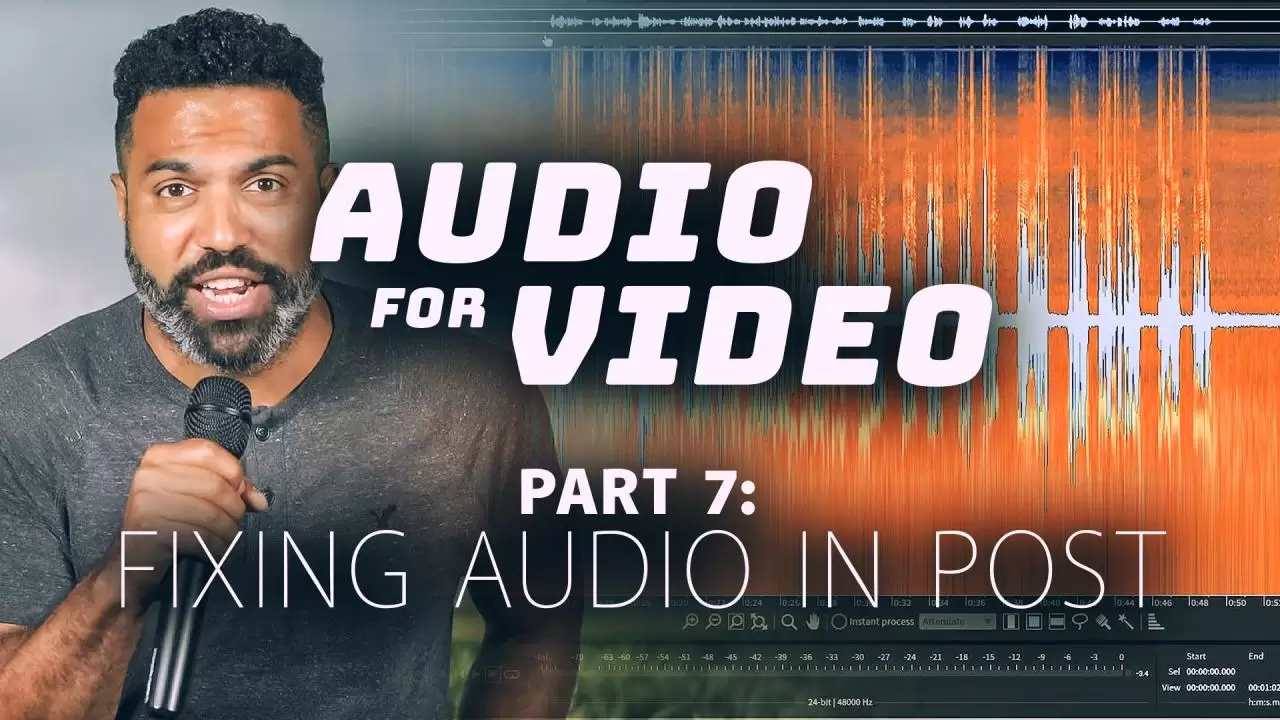
Part 7: How to Fix Your Audio in Post Production
Sometimes, despite your best efforts, you just aren’t able to capture audio at the quality you would like. Whether it’s background noise, unwanted dialogue sounds, inconsistent audio levels, or you just want to improve the overall quality of your video, this video will show you how to fix your audio in post.

